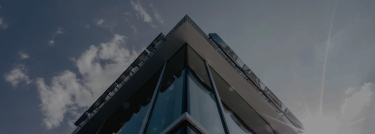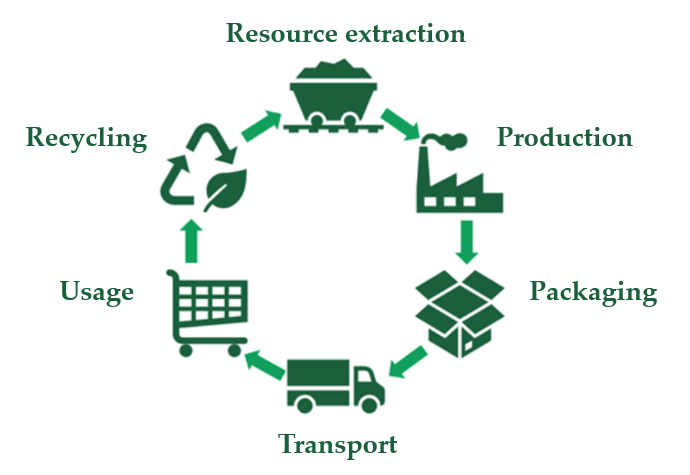


The main resource of cities is people, it is they who build the economy and develop the territory.
Currently, the green market is growing. Its growth intensified in the post-pandemic period. Traditional production is turning into sustainable. Such market is becoming a new reality:
The modern economic structure is being transformed towards environmental sustainability and increasing the efficiency of resource use, the ability to withstand environmental challenges and risks, as well as wider and more reasonable use of environmentally friendly technologies and innovations. Greening implies a compromise between economic, environmental and social goals.
A clean, innovative and resource-efficient green economy takes into account the value of the environment, natural resources, the quality of sources of financial growth, and also develops key elements such as efficiency, stimulation, transformation, sustainability and inclusiveness. The introduction of sustainable production implies the analysis and elimination of factors leading to environmental degradation and quality of life. The deferred economic consequences of environmental degradation, depletion of natural resources are considered, and the economic benefits of rational nature management are determined to reduce future costs of reclamation and restoration of biological diversity lost due to extensive development.
The green economy focuses on the use of environmental protection tools, while maintaining the level of industrial development, using such tools as pollution taxes, environmental fees, recycling fees, fines for non-compliance with emission standards, etc. Also, the creation of a green economy often requires profound changes in the thinking, norms, etiquette and behavior of consumers and producers to establish an understanding of the need for environmental measures and possible costs or losses at the initial stage to achieve a sustainable and secure future.
Greening includes the assessment of the state of the environment, as well as the development and implementation of new strategies, tools and actions to solve key environmental problems, create clean energy and reduce greenhouse gas emissions into the atmosphere.
At the global level, these principles are promoted and consolidated through international conventions, treaties and agreements. At the national and local levels, environmental tax reforms (changes in taxes, fees, subsidies) or programs to create green jobs, companies, markets, bonds, investments and innovations for the use of clean renewable energy sources for transport and industry are most often applied. The development of a sustainable economy and the greening of the environment are qualitatively reflected in the level of the human development index, for eco-oriented investors and the image of a modern advanced state.
1. Circular economy – waste recycling, highly efficient production, closed cycle.
The closed cycle provides a path from the extraction of resources, their transportation to production, optimization of production processes and greening of packaging to the delivery, use and processing of the product. In the circular economy, it is assumed to minimize the extraction of new resources and the transition from processing the used product immediately to its re-production.

2. Low–carbon economy – transition to renewable energy sources, energy efficiency, reduction and compensation of greenhouse gas (CO2) emissions.
Maximum use of renewable natural resources through wind, solar and hydropower with maximum optimization of energy efficiency.
3. Inclusive economy – supports people and gives equal access to rights, regardless of physical or financial status.
The main elements of an inclusive economy:

Real sectors of the green economy: eco-friendly buildings, organic agriculture (the use of fertilizers), low-carbon industry, electric and hydrogen transport, waste recycling.
Green energy infrastructure:
Elements of stimulating a sustainable economy:
There are many methods, standards and practices around the world that deal with the standardization of territories, buildings and industries. A sustainable territory should have: a well-thought-out concept of energy efficiency; the right choice of location with convenient accessibility; availability of the necessary infrastructure; developed public transport; environmental materials that are close to natural in texture should be used; the use of transport on alternative fuels; accessibility of the most necessary service areas within a radius of four hundred meters (pharmacies, cafes, restaurants, shops, beauty salons); maximum preservation of the natural environment while preserving local specifics; compact planning; separate waste collection; use of stormwater; use of natural lighting.
There is an international standard of SITES that helps reduce the need for water, filters and reduces storm drains, provides habitat for wild animals, reduces energy consumption, improves air quality and human health, and expands opportunities for outdoor recreation. The standard is the result of many years of research and development by leading experts in the field of soil, water, vegetation, materials and human health
Author: Anna Zavaleeva
Sustainable development, green construction, energy efficiency.